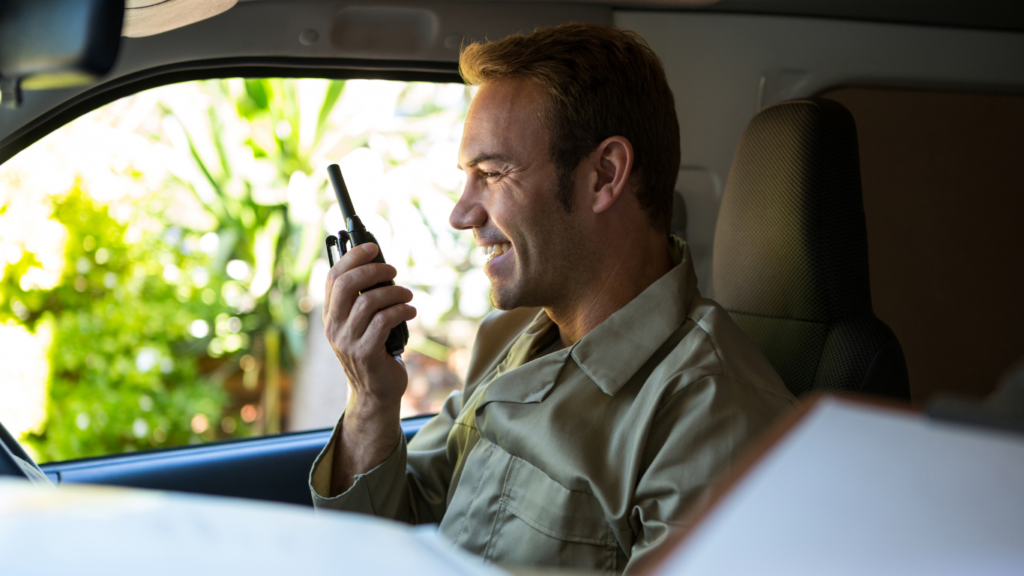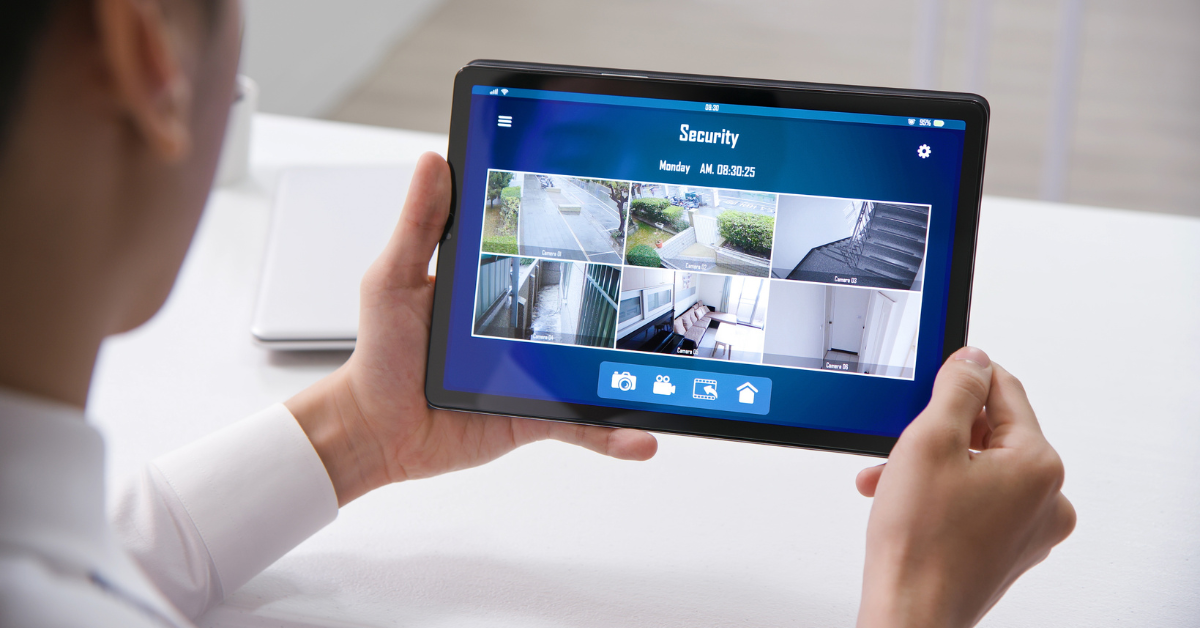During times of crisis, effective communication and access to vital information can mean the difference between safety and vulnerability. An emergency communication system serves as a critical lifeline, enabling individuals to stay informed, connect with essential services, and coordinate responses.
This blog will explore the importance of communication during emergencies, its various use cases, and the essential items that can facilitate reliable communication and information dissemination.
The Importance of Communication During Emergencies
When disaster strikes, communication becomes paramount. Effective communication ensures that individuals are promptly informed about the situation, evacuation procedures, and essential resources available. In an emergency, information can save lives, prevent panic, and guide people to safety.
Additionally, communication plays a crucial role in coordinating emergency responses, allowing first responders and authorities to work together efficiently.
Why is Communication Important?
| Use Case | About |
| Staying Informed | With a reliable emergency communication system, you can receive timely updates, alerts, and critical information about the situation at hand. This knowledge empowers you to make informed decisions and take appropriate actions to protect yourself and your loved ones. |
| Coordinating Responses | Having established communication channels and contact information for emergency services and authorities enables you to coordinate responses effectively. You can report incidents, request assistance, and relay important information to those who can help. |
| Navigating and Finding Safety | Maps, compasses, and GPS devices can aid you in finding evacuation routes and safe locations during natural disasters or other emergencies. Having access to local maps ensures that you don’t get lost, even if GPS services are disrupted. |
| Reaching Loved Ones | A list of emergency contact numbers ensures that you can reach out to family members, friends, or caregivers to check on their safety or inform them of your well-being. |
| Maintaining Communication | A charged phone with a portable charger or power bank allows you to maintain communication during extended power outages. This enables you to stay in touch with essential services and loved ones. |
| Recording Important Details | Notepads, pens, and markers let you jot down crucial details, such as addresses, names, and contact information, which might be vital for reporting incidents or seeking help. |
| Signaling for Help | A whistle or air horn can serve as an effective signaling device in situations where visibility is low or voices might not carry far. It can help rescuers locate you more easily. |
| Coordinating with Others | Walkie talkies allow for short-range communication within a group, making it easier to coordinate actions, especially if you are part of a team or family unit during an emergency. |
| Reducing Panic and Anxiety | Having a well-thought-out communication plan and essential information at your disposal can reduce panic and anxiety during stressful situations. Knowing that you are prepared provides a sense of control and security. |
| Assisting Others | Being equipped with an emergency communication system not only helps you but also allows you to assist others in need. You can share information, lend communication devices, or help others contact emergency services. |
Essential Emergency Communication & Information Items
1. Battery-Powered or Hand-Crank Radio
A battery-powered or hand-crank radio is a must-have during emergencies, as it provides access to essential broadcasts, emergency alerts, and updates when power sources are disrupted.
Our Top Portable Radio
- Flashlight & motion sensor reading lamp
- Cell phone charger
- SOS for home and emergency
2. Portable Phone Charger or Power Bank
Ensuring that your phone remains charged is crucial for staying connected during an emergency. A portable phone charger or power bank can keep your devices operational when electrical outlets are inaccessible.
Our Top Portable Phone Charger
- Quality inside and out
- One of the slimmest and lightest 10,000mAh portable chargers on the market
- Charging technology for iPhone, Samsung Galaxy, and more.
3. Local Maps and a Compass
In areas with disrupted GPS services, physical maps and a compass can help navigate evacuation routes and find safety.
Our Top Compass Pick
- Professional grade
- You’ll always get an accurate reading
- Tough, sturdy military construction
4. List of Emergency Contact Numbers
Having a readily available list of emergency contact numbers, including local authorities, hospitals, fire departments, and family members, allows for quick communication in times of crisis.
5. Notepads, Pens, and Markers
These simple items enable communication through written messages, note-taking, and leaving vital information for others.
Our Favorite Waterproof Notepad
- 3 notepads — each consists of 100 pages / 50 sheets
- Writing paper that sheds water and enables you to write anywhere, in any weather.
- Durable and will survive a variety of different conditions
6. Whistle or Air Horn
A whistle or air horn can be lifesaving tools for signaling for help, especially in situations where voices might not carry or where there is low visibility.
Our Favorite Emergency Whistle
- Super loud
- No moving parts, nothing to obstruct sound, and nothing to jam, break or freeze
- Works well in any conditions
7. Walkie Talkies
Walkie talkies offer a reliable means of short-range communication within a group during emergencies, especially in areas with disrupted mobile networks.
Our Favorite Walkie Talkies
- 16 Channels
- Rechargeable, with flashlight
- Can reach 3 miles in open areas
Conclusion
In the face of emergencies, an efficient emergency communication system can save lives and foster a sense of security and preparedness. Having the necessary communication items and information at hand can make a significant difference in navigating through crises and ensuring the safety of oneself and others. By understanding the importance of communication during emergencies and equipping ourselves with the right tools, we can enhance our resilience and response in challenging situations. Remember, being prepared is the key to effectively overcoming any emergency. Stay informed, stay connected, and stay safe.











